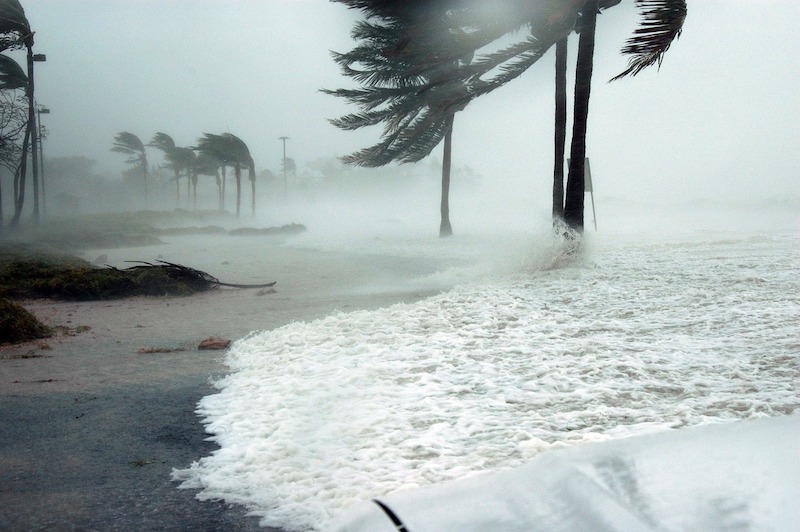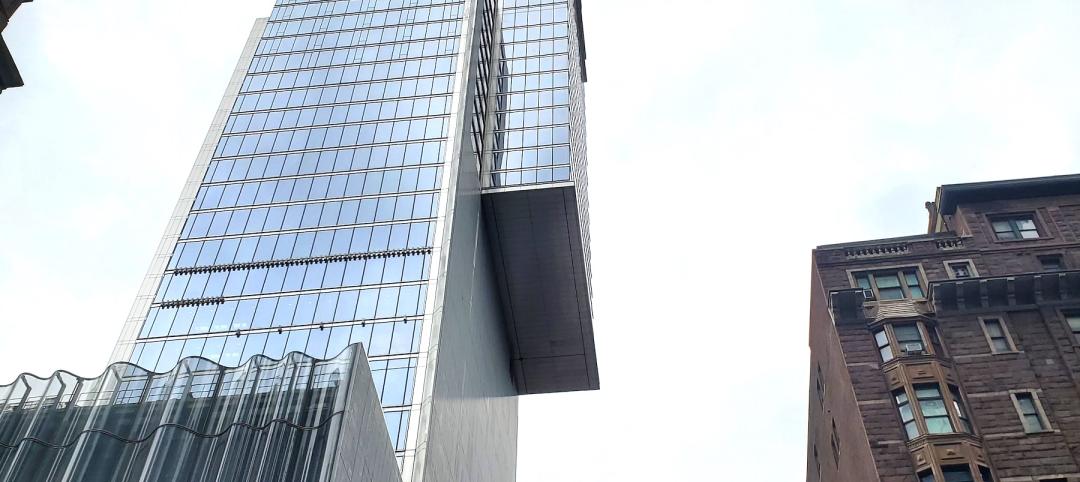The American Institute of Architects (AIA) is urging Senate lawmakers to adopt the Disaster Recovery Reform Act (DRRA) to ensure communities across America can recover from natural disasters more efficiently and cost-effectively.
AIA is supporting the legislation as it will prioritize pre-disaster mitigation and ensure that post-disaster assistance enables communities to rebuild with the latest model building codes to ensure future resiliency.
“Strong, disaster-resilient building codes are a vital foundation to creating safer communities,” said Rose Grant, chair of AIA’s disaster assistance committee. “Adoption of these codes go even further to help the built-environment battle the onslaught of billion-dollar disasters.”
Grant was speaking at the AIA’s educational briefing for policy makers Tuesday night, which provided insights on the lessons architects have learned serving as responders with AIA’s Disaster Assistance Program following hurricanes Maria, Harvey and Irma last year. The briefing also featured insights into how communities can prepare for the 2018 hurricane season that commences June 1.
“As hurricane season approaches, architects stand ready to help communities prepare for and recover from the kind of weather related events that victimized so many,” said AIA EVP and Chief Executive Officer Robert Ivy, FAIA. “We hope this discussion brings new insights and appreciation for how architects can assist communities in recovering from disasters and help to prepare for them in the future.”
AIA's Disaster Assistance Program has trained thousands of architect volunteers in responding to disasters. Through the program, architects serve as second responders providing critical safety inspections of buildings and infrastructures following disasters. In addition, architects provide lawmakers with insights and lessons they learn in the field to help shape better policies around disasters, which includes resilient-building policies.
“Forging relationships between architects and local officials is key to mitigating and preventing the damage caused by weather related disasters,” said Illya Azaroff, AIA (principal of +LAB Architect PLLC). “Of the post-Sandy policies AIA recommended, nine were enacted into law in New York and 10 were included in the New York City building code. This is just one of the many examples where architects have been able to lend their expertise to shape policies that support a better built environment.”
Visit AIA’s website for more information on its Disaster Assistance Program.
Related Stories
Sponsored | Resiliency | Dec 14, 2022
Flood protection: What building owners need to know to protect their properties
This course from Walter P Moore examines numerous flood protection approaches and building owner needs before delving into the flood protection process. Determining the flood resilience of a property can provide a good understanding of risk associated costs.
Green | Dec 9, 2022
Reaching carbon neutrality in building portfolios ranks high for organizations
Reaching carbon neutrality with their building portfolios ranks high in importance among sustainability goals for organizations responding to a Honeywell/Reuters survey of senior executives at 187 large, multinational corporations. Nearly nine in 10 respondents (87%) say that achieving carbon neutrality in their building portfolio is either extremely (58%) or somewhat (29%) important in relation to their overall ESG goals. Only 4% of respondents called it unimportant.
Green | Dec 9, 2022
Newly formed Net Zero Built Environment Council aims to decarbonize the built world
Global management consulting firm McKinsey recently launched the Net Zero Built Environment Council, a cross-sector coalition of industry stakeholders aiming to decarbonize the built world. The council’s chief goal is to collaboratively create new pathways to cut greenhouse gas emissions from buildings.
Adaptive Reuse | Dec 9, 2022
What's old is new: Why you should consider adaptive reuse
While new construction allows for incredible levels of customization, there’s no denying that new buildings can have adverse impacts on the climate, budgets, schedules and even the cultural and historic fabrics of communities.
75 Top Building Products | Nov 30, 2022
75 top building products for 2022
Each year, the Building Design+Construction editorial team evaluates the vast universe of new and updated products, materials, and systems for the U.S. building design and construction market. The best-of-the-best products make up our annual 75 Top Products report.
Seismic Design | Nov 16, 2022
SPC-4D: 7 reasons California hospital building owners should act now to meet seismic compliance
Seismic compliance with the applicable California building codes is onerous and disruptive for building owners, especially for a building in the heavily regulated sector of healthcare. Owners of older buildings that house acute care services have a big deadline on the horizon—Jan. 1, 2030, the cutoff date to upgrade their buildings to SPC-4D.
Energy-Efficient Design | Nov 14, 2022
How to achieve net zero energy in five steps
Martine Dion and Ethan Seaman share net zero energy best practices with owners and developers.
Resiliency | Nov 8, 2022
Oregon wildfire risk law prompts extensive backlash from property owners
A bipartisan bill aimed at protecting property owners from wildfires that was passed by the Oregon legislature has prompted a strong backlash.
Sponsored | Steel Buildings | Nov 7, 2022
Steel structures offer faster path to climate benefits
Faster delivery of buildings isn’t always associated with sustainability benefits or long-term value, but things are changing. An instructive case is in the development of steel structures that not only allow speedier erection times, but also can reduce embodied carbon and create durable, highly resilient building approaches.
Fire and Life Safety | Oct 4, 2022
Fire safety considerations for cantilevered buildings
Bold cantilevered designs are prevalent today, as developers and architects strive to maximize space, views, and natural light in buildings. Cantilevered structures, however, present a host of challenges for building teams, according to José R. Rivera, PE, Associate Principal and Director of Plumbing and Fire Protection with Lilker.
















